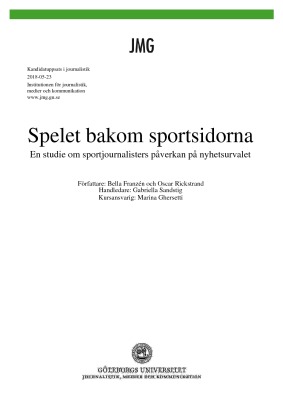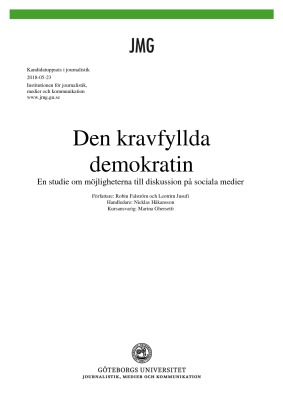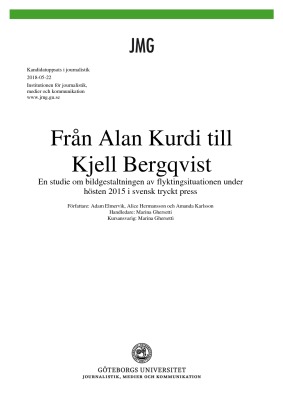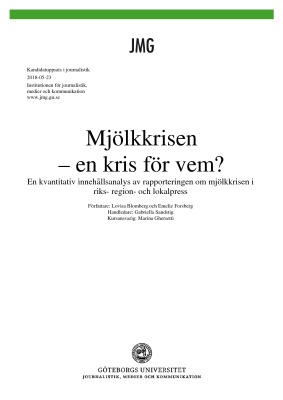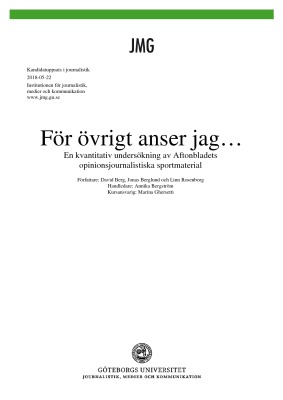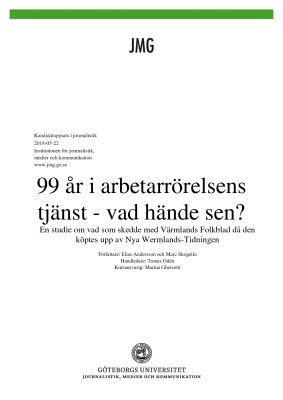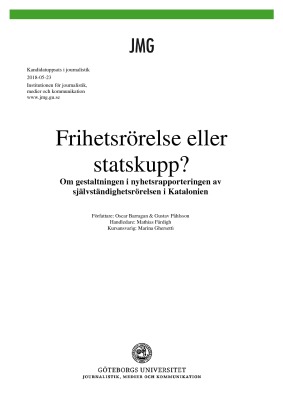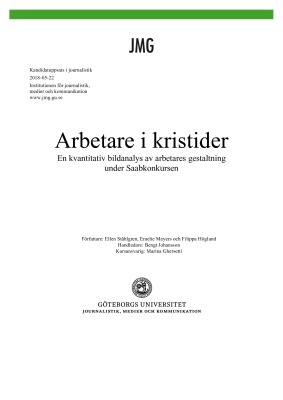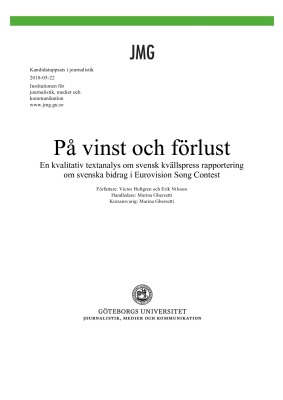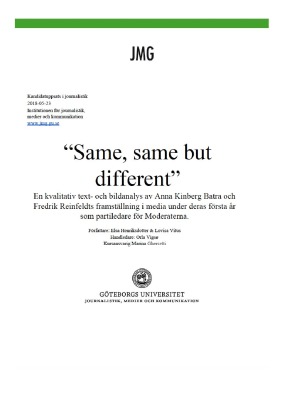The purpose of this study was to investigate why Swedish sports journalists choose to report more about male sport than female sport. Studies have shown that the news selection in sports journalism is dominated by male sport and we found that this subject hadn’t been covered from a Swedish perspective. The aim of this study was therefore to map and specify the reasons behind the male dominated news selection in Swedish sports journalism. To achieve this, we created a survey that was sent out to eight Swedish sport publications. After receiving a total of 56 responses we started analyzing them through four determinants: the control fields, the environment at the newsdesk, gender and gatekeeping. The theories we used to analyze were: the theory about the control fields, Melin-Higgins theories about survival at a newsdesk and the gatekeeping theory.
The results showed that the control field of interest are a possible determinant in Swedish sports journalists news selection. A majority of the respondents answered that they weigh in their public’s interest in the news selection and that they find their public’s interest as male dominated. Here we also found that journalist at a commercial newsdesk rates the control field of interest as more important compared to the journalists at a non-commercial newsdesk.
Regarding gender as a determinant we came to the conclusion that the male sports journalist’s covers male sport in a larger scale than female sports journalist. The female respondents also answered that they find it more prestigious to cover male sport.
These were the only determinants we found relevant based on the results. Both the environment at the newsdesk and gatekeeping appeared to be irrelevant as determinants in our study.
Considering the results, we found that the control field of interest and gender appears to be two reasons behind the male dominated news selection in Swedish sports journalism.

